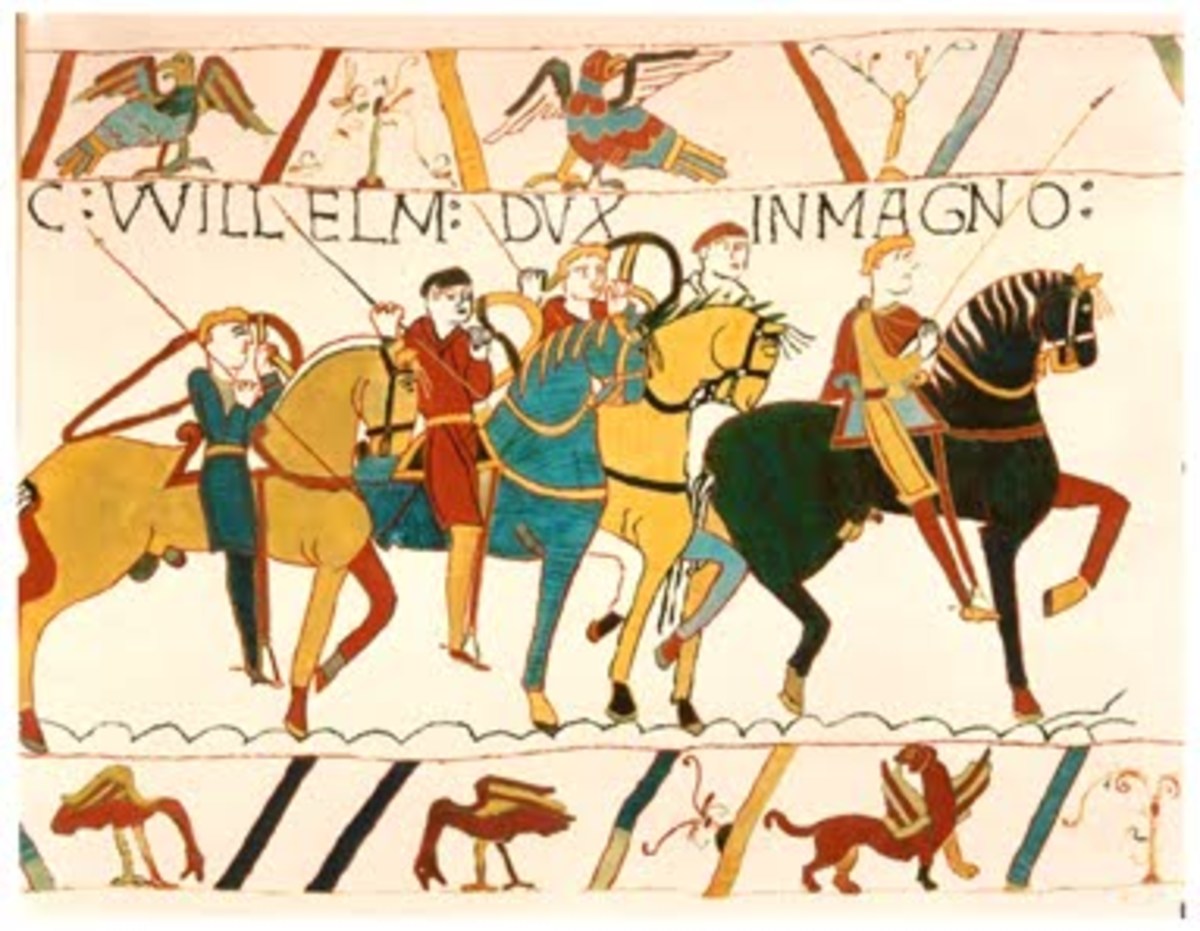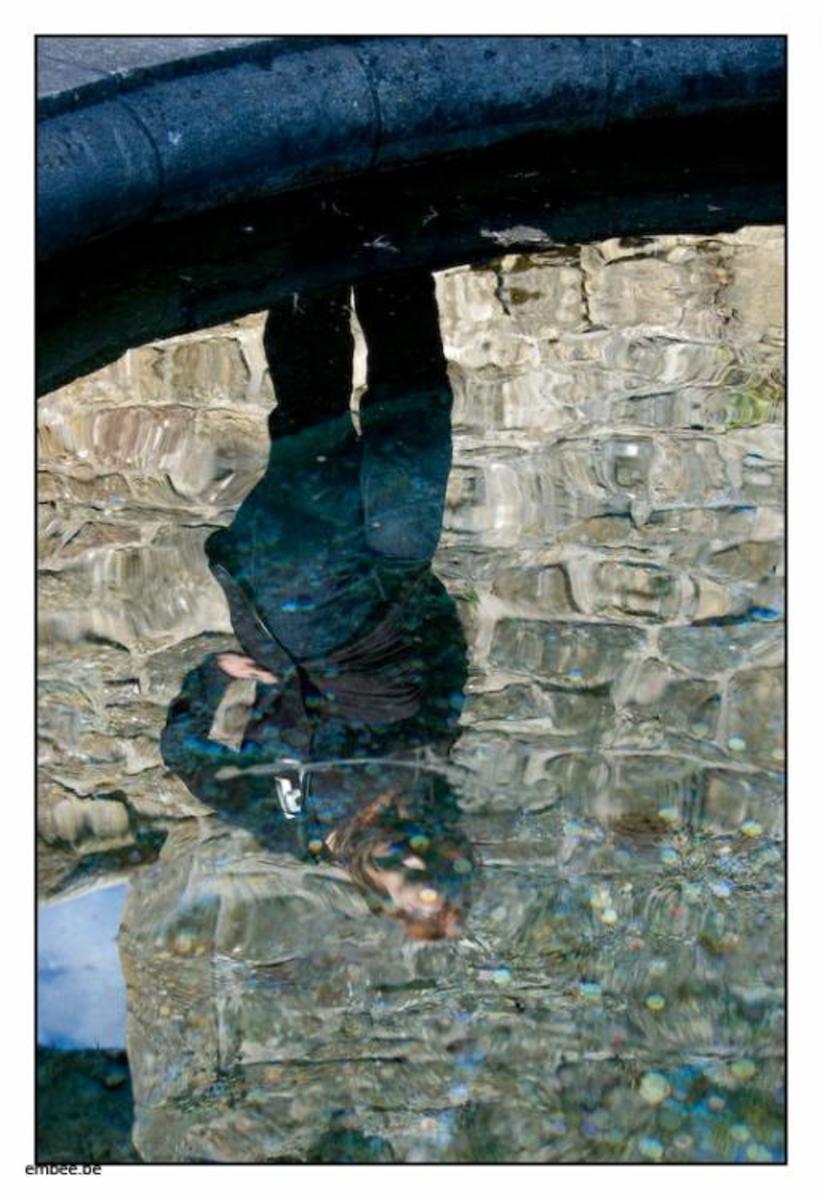George Orwell's "Burmese Days": A Review
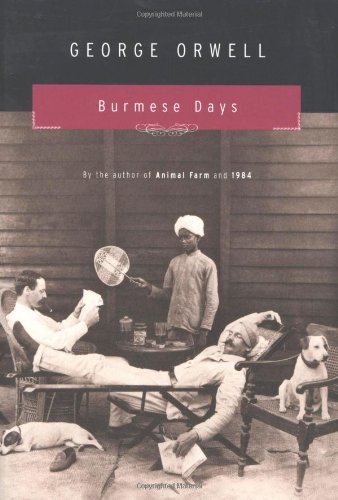
George Orwell’s “Burmese Days” is set in British occupied India at the beginning of the twentieth century which provides a setting for the complexities, both positive and negative, in the everyday life of not just the European occupiers, but the natives as well. The British occupation amplified these complexities and Orwell’s story touches base on every aspect of them. That being the case however, the concepts of caste and class are clearly fundamental to the story. The distinctions between the Europeans and the Burmese are equally contrasted by the distinctions between the Burmese themselves.
The cast of characters of the story are the first indicator of the importance of caste and class. The Burmese characters form the first complex layer. U Po Kyin was a Burmese magistrate who was ambitious sought any means possible to fulfill his plans of being accepted as the first “Oriental” to join the prestigious European Club. This club, like the rest across the country, was the "spiritual citadel, the real seat of the British power, the Nirvana for which native officials and millionaires pine in vain."(17) The caste system is present within the realm of U Po Kyin himself in the form of his Burmese servant, Ba Taik and his wife, Ma Kin. U Po Kyin’s contemporary, Ko Ba Sein, is the Burmese head clerk who reports to a European boss. Ko Ba Sein is totally loyal to U Po Kyin, who undermines the Europeans often, but ironically, works for a member of the very club U Po Kyin wants to join, Mr. MacGregor.
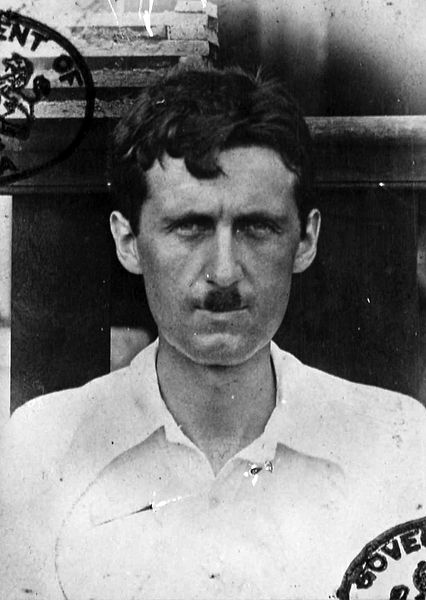
Then there is Dr. Veraswami, who plays a pivotal role in the story. Dr. Veraswami is the local Burmese Civil Surgeon and jail superintendent. He is also friends with the main protagonist of the story, a European named James Flory. Dr. Veraswami is an interesting example of the complexities that came with the might of the British Empire imperialism in the East. Dr. Veraswami is a well-respected, education, and honest Burmese man who had “a passionate admiration for the English, which a thousand snubs from Englishmen had not shaken.” (40)
The European characters, who we meet when Flory makes his way to the club, clearly portray a sense of elitism and racial bigotry. In particular, Ellis, whose disdain for the Burmese is immediately clear, completely denounces the clubs possible induction of an oriental into its ranks, and most pointedly at Dr. Veraswami, who he knows is a friend of Flory’s. Orwell explains that in Ellis “any hint of friendly feelings towards an Oriental seemed to him a horrible perversity…he was one of those Englishmen – common unfortunately – who should never be allowed to set foot in the East.” (24)
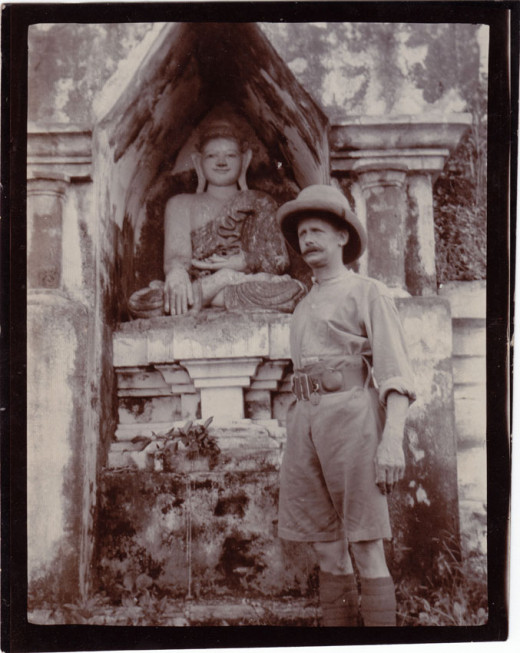
Another example of how class was foundational to the nature of British imperialism is the stories plot involving Mr. Lackersteen’s orphaned niece, Elizabeth. Elizabeth interacts with Flory and even though she finds his egalitarian view distasteful, she sees the opportunity to rise from the position of poverty stricken orphan, to an affluent, married woman. Elizabeth is actively searching for a husband to remove her from poverty and to align herself with a higher class, and by coming to Burma, she has the potential of finding a husband. This struggle was part of the patriarchal environment that was present in the British Empire. Women were compelled to subject themselves through marriage to men. Unmarried women in England had no protection or rights and invariably were as bad off as the homeless or prostitutes. When Elizabeth arrives in Kyauktada, however, is met with contempt by Ellis, who clearly points out the differences in gender and class by harshly stating that “When a girl’s failed everywhere else she tries India, where every man’s pining for the sight of a white woman.” (113) Coincidentally, this image of marital status being a factor in one’s class or social standing, is exemplified by Flory’s Burmese servant Ko S’la, who being married and having children, perceived Flory as not being a real man.
This relationship between Flory and Ko S’la, is another interesting complexity. Ko S’la and Flory grew up together, yet Ko S’la, even as a servant to a European, considered Flory “a boy” and “inclined to pity Flory, partly because thought him childish and easily deceived, and partly because of the birthmark, which he considered a dreadful thing” (50-51). This relationship defied the normal servant and master relationship. Another interesting factor was the attitude that Ko S’la had towards Flory’s concubine, Ma Hla May, and with Elizabeth as well. Both women posed a potential threat in his position in Flory’s life. He believed Ma Hla May to have “too much influence in the house” (50) and believes that if Flory marries Elizabeth she would “shout at us because of spots of dust on the furniture, and wake us up to bring cups of tea in the afternoon when we are asleep…complain over dirty saucepans and cockroaches in the flour bin.”(118)
This points to another case of a “home related” class system, a struggle within the home dominion for position. Ko S’la, in terms of the nature of the colonial rule, was relegated below Flory, however, the role appears to be reversed with Ko S’la assuming the role of superior (in his view) and Flory that of child. Inside Flory’s home, Ko S’la is able to exercise his power outside the normal class system currently in place. The intrusion of Ma Hla May, who is not interested in Flory for anything other than the privileges that came with being a mistress of a European, upset the balance of power that Ko S’la believes is rightfully his. In addition, if Flory was to marry Elizabeth, Ko S’la would be put back in the traditional place assigned native servants, reverting back to colonial hierarchy. Even though the caste system was clearly in place, Flory’s relationship with Ko S’la, as well as the one with Dr. Verswami, was significant in that Flory engaged with both of these men in a manner that showed no signs of placing a difference on them because they were not European. Flory’s problem was not that of class or caste, but of insecurity and disillusionment.
Ma Hla May provides another fascinating insight into how class, position and power were perceived in the British colony. During that time, keeping a concubine was normal, and even preferred as to keep the men satisfied and unoccupied with the things or married life. Ma Hla May however, demands power and prestige earned by being, in her mind at least, the wife of white man. She sees herself not as a native, but legitimately as a European and demands the respect of not only the white males, but the white women as well. When she bursts into the church she shouts,
Look at me you white men, and you women too, look at me! Look at how he has ruined me! Look at these rags I am wearing! And he sitting there, the liar, the coward pretending not to see me! (285)
This alters the line between classes in that he, the “superior” fails to keep his mistress in line and confirms what Ko S’la believes, that he is indeed not a man, but a child, in essence challenging his European prestige.
Class and caste are clearly the underpinning for the entire book, and Orwell presents these class systems, from the elaborate to the subtle, in the facets of not only colonialism, but in the very practices of everyday life in a land far from home.
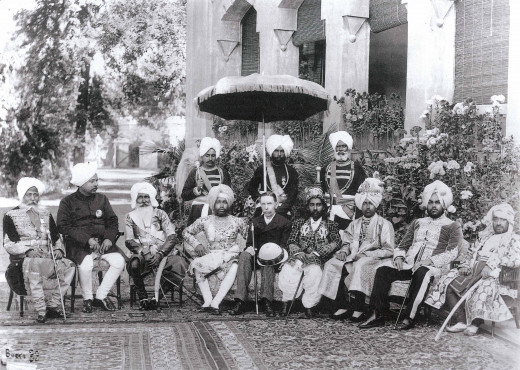
Source
Orwell, George. Burmese Days (New York: Houghton Mifflin Harcourt Publishing Co, 1934).


